

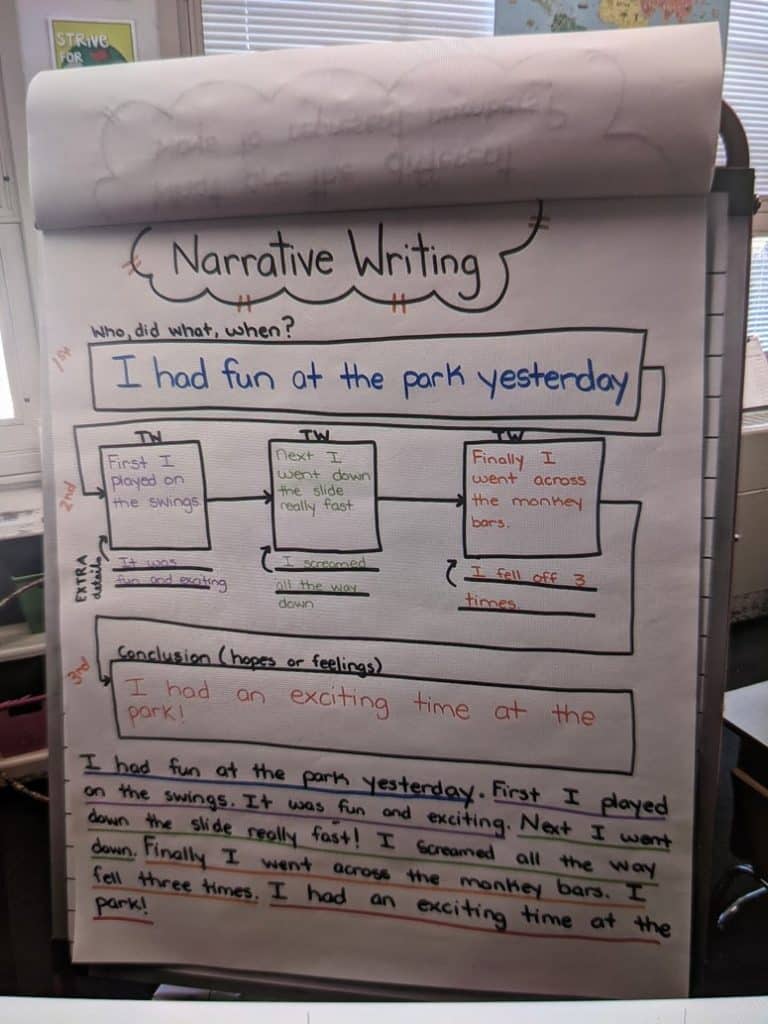
Have you ever taught students to write with an organizer? For me, it was a game changer! I feel like I say that about a lot of things, but it’s always true. I am a firm believer that we should grow and change throughout our teaching careers. We may think one way is tried and true, but we can always reflect and do better if we find a better way.
When I introduce opinion, narrative, and informative writing to my students, I use an organizer + the writing process to help develop my students as writers.
I like to stay in one style of writing for a few weeks at a time in order to introduce the writing style through mini lessons. I model a lot of what I want to see. And of course, I let my students write, write write.
My writing block is 45 minutes long.
I (roughly) used the time this way:
10-15 mini lesson: This is when I would introduce a style of writing, show a mentor text, teach about descriptive words, transition words, opening sentences, closing sentences, and all of the little tidbits that writers need to make their writing great.
The rest of the time, about 30 minutes or so, was for writing! Planning, talking, rough drafts, illustrations- all of that good stuff.
I also took this time to confer with students about their writing. These talks helped me see what the following day’s mini lesson might need to be.
Students could check in with me, or each other throughout the writing process for support and feedback.

All work (planning sheets, sight word printable, writing checklists, etc.) were kept in their writing folders so they could quickly reference them as needed. I passed out and collected folders at the start of our writing block, so students could pick up where they left off each day.
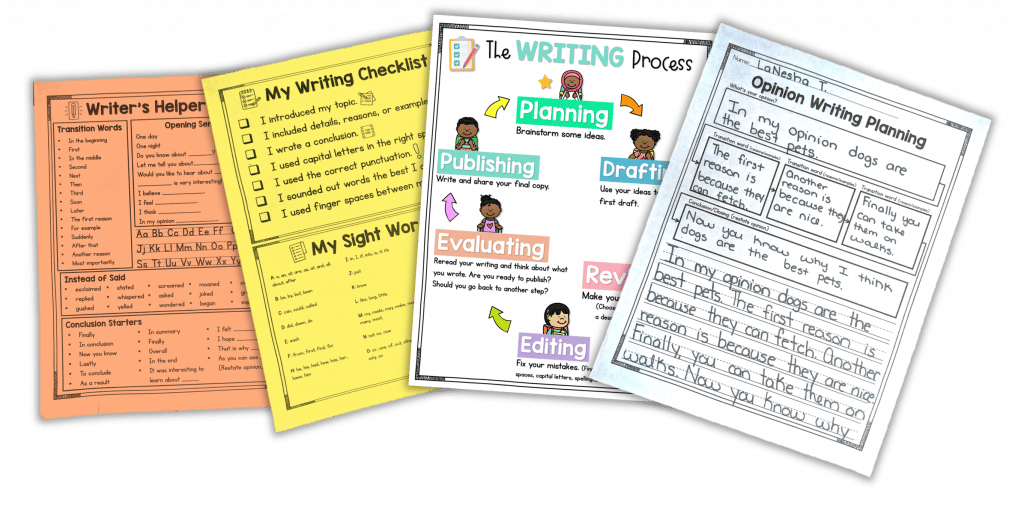
My weeks started out the same, but because different students work at different rates, they all finished their weekly pieces at different times.
Monday: Mini Lesson + start planning writing
Tuesday: Mini Lesson + finish up planning and/or start rough draft
Wednesday: Mini Lesson + Finish up rough draft and/or begin revising and editing work
Thursday: Finish up revising and editing and evaluate work. Begin publishing when ready.
Friday: Finish up publishing and share your work with designated audience.
Now, as you can imagine with a class size of 22-28 first graders, students were all over the place throughout the week. That’s okay! Take a deep breath. It’s okay if everyone is all over the place. We can’t expect to keep everyone on the same track. If we are, we are either holding some kids back, or leaving some kids behind. The beautiful thing about the writing process is that it’s a process. There are actionable steps to take to move towards a goal. Once students have this down, the students that can work more independently don’t have to sit around waiting for the next step. They know it and can continue on.
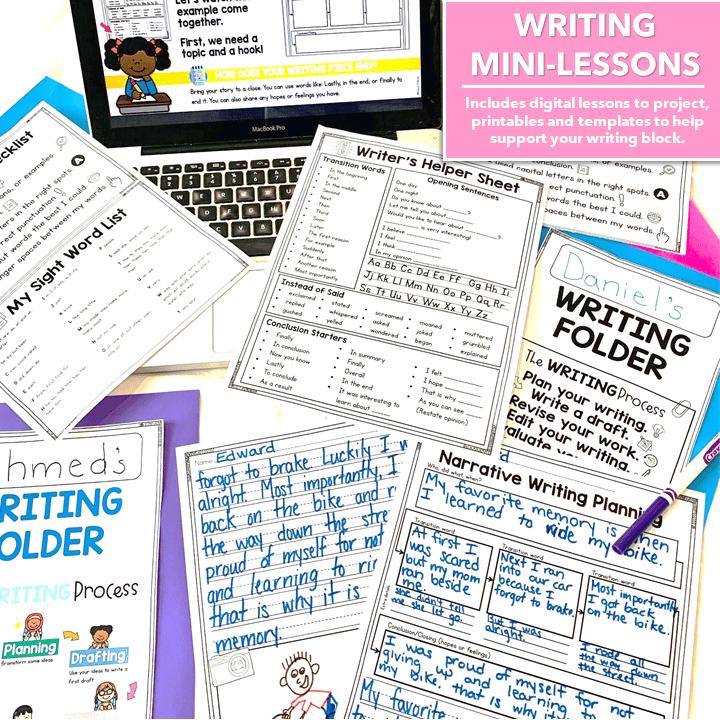
Using myself as an example, when I had a group of writers that began finishing their writing on Wednesday AND they were receiving consistently high scores on their writing rubrics (meaning they were not rushing to finish and producing poor writing) I moved on the 2nd grade standards of writing for them, and gave them writing pieces that would challenge them.
It’s never made sense to me for a student to finish their work in a subject like writing or math, and then be told to go read. It’s writing time, so we are going to write! And while I do encourage my students to confer with one another and get/give writing feedback, it is not the job of an early finisher to teach another student how to write. If they are finishing early, I go deeper with them. First I make sure they are strong in each area that our grade level calls for. Then I take a look at the writing they’ll have to produce at the beginning of the following grade level and I encourage them to grow those skills.
About halfway through the school year, I had a group of 6 students that showed mastery of the first grade writing standards and begin to consistently finish their writing pieces well ahead of everyone else.
I taught them how to use a thesaurus to use stronger words in their writing. I pulled them for a mini lessons and introduced them to different styles of hooks and conclusions they could use to make their writing more compelling or interesting. We explored adjectives and descriptive words and I challenged them to begin using them more in their writing. I also adjusted their writing rubrics and expected more out of their writing and I let them know it. I wanted to see more details and extended sentences. For opinion writing I needed stronger reasons. For informative, they had to use book or life experience to provide more details. And for narrative they had to use their senses to make the reader “feel like they were there”.
They were excited to move up to a new rubric and be challenged. I adjusted my expectations to meet their needs and that’s what worked for my students and I.
I also keep loose paper, blank books, and notebooks in my writing center. Students that finish early are also welcome to freely write, draw, and create books independently.
Something else I always have in my back pocket is my early finisher packets that engages learners in fun ways. It allows them to write and think creatively!

I created some lessons and I’ll show you how I would guide students through their writing with the use of a writing organizer for planning and the writing process.

I love using texts or songs to engage my students before learning something new. For each new style of writing I introduce it to my students and let them know why it’s important for them to learn.

It may feel slow in the beginning, but for new writers, I don’t like to just jump into a style. I want to be sure they really get what they are doing and WHY they are doing it.
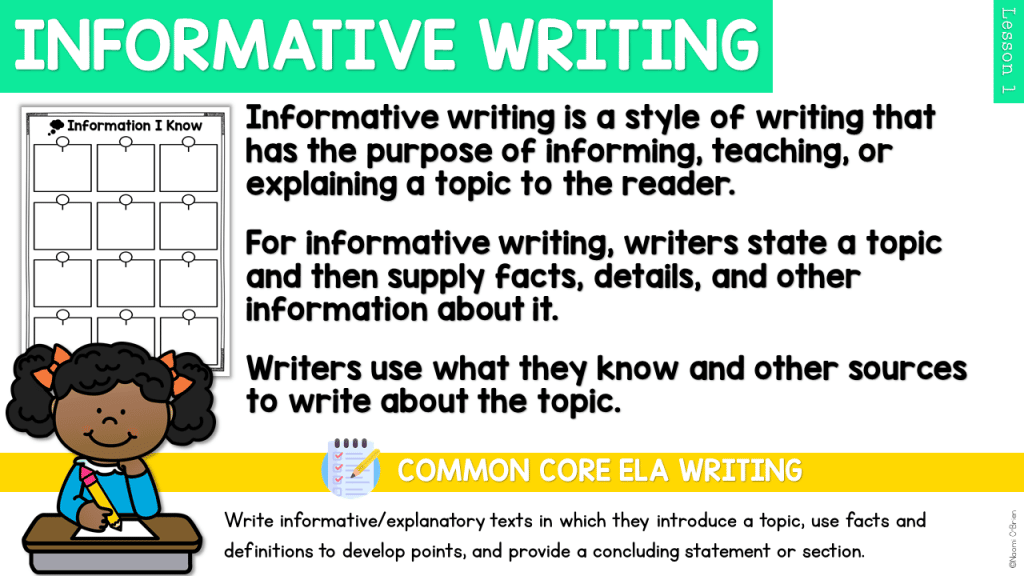
I make sure to let my students know that good writers use hooks! Depending on the type of writing, the way you open your writing will change. This is why it’s super critical that students understand each writing style. It will change the words they use when they are truly aware of the differences.
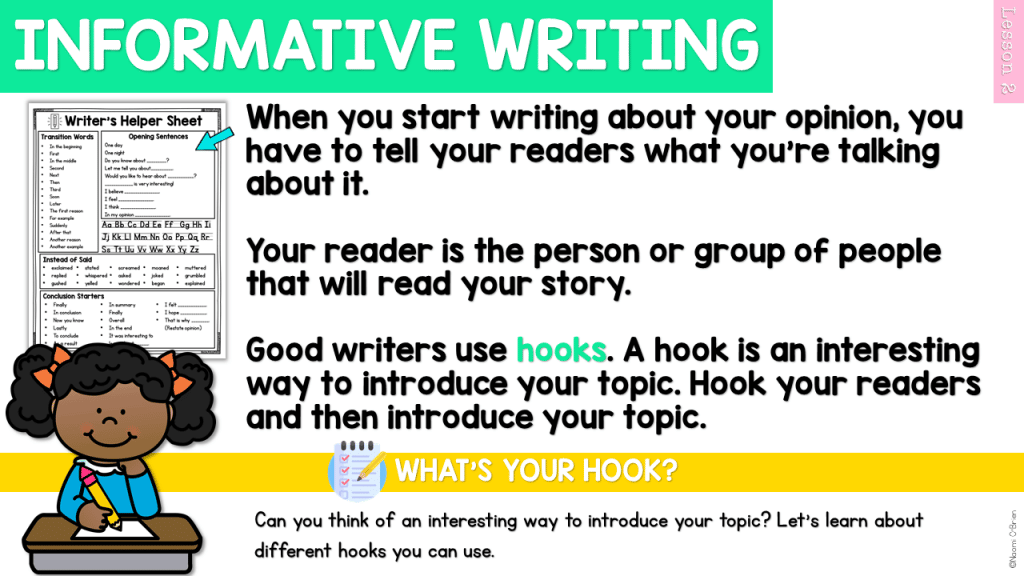
I like to review various hooks with my students for the students that will use them. Most students tend to stick to the same openings, and that’s fine with me if it works for them. I teach a variety and there are always those few students that really go above and beyond and utilize the different types of hooks.
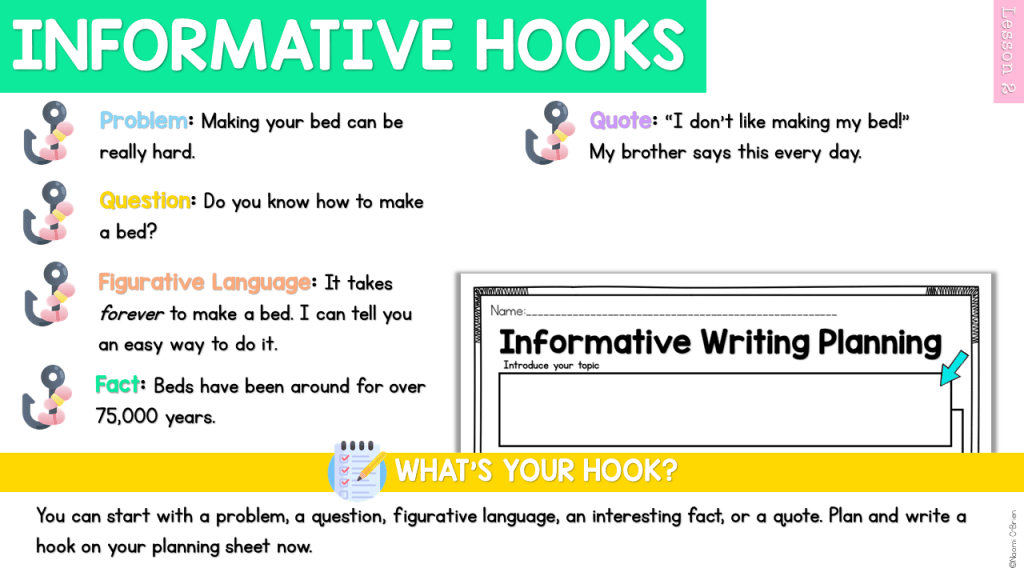
I take time to teach transition words. Why are they useful? When should we use them?
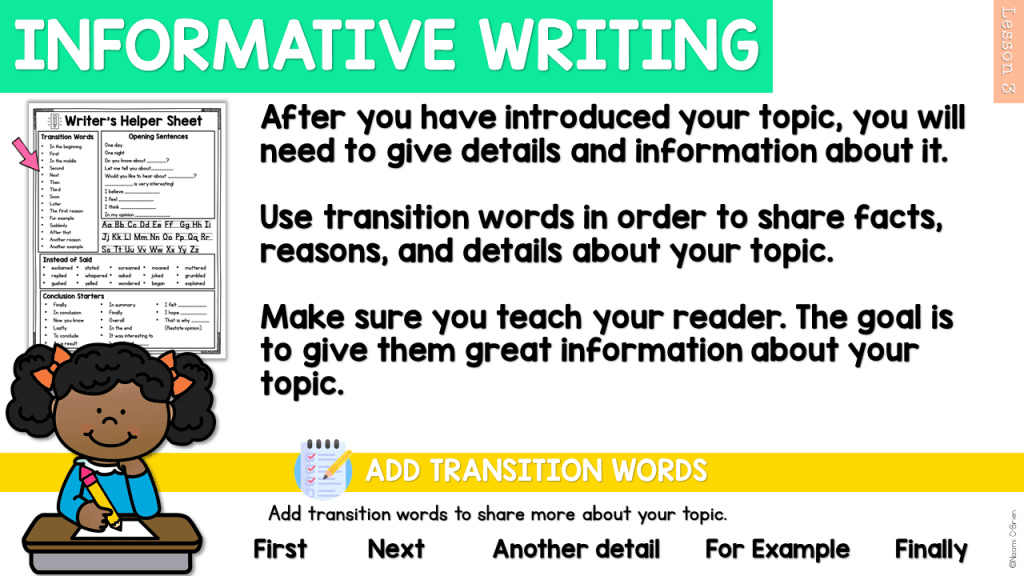
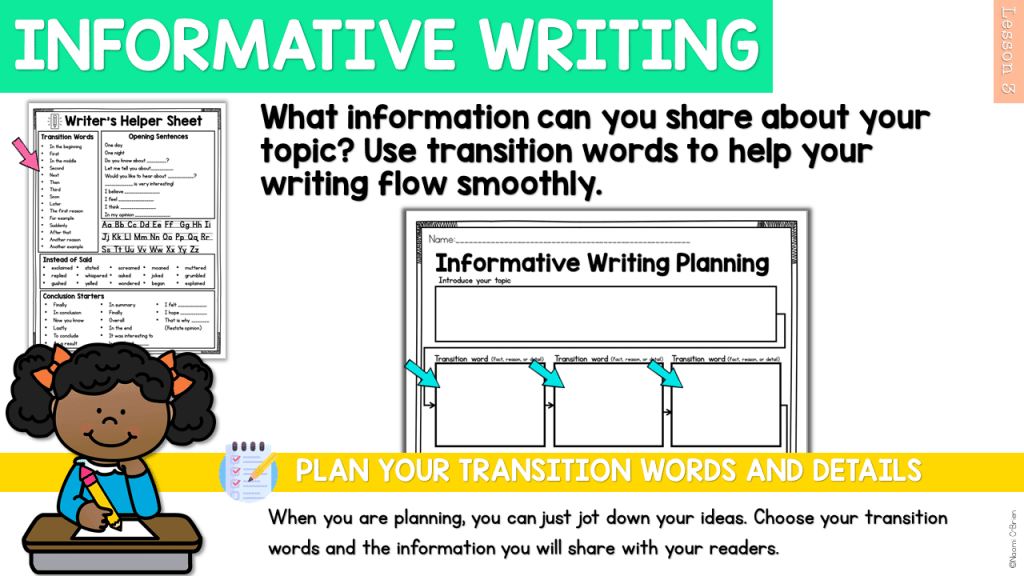
Finally, I walk my students through how to close out their writing and I give them the opportunity to plan their closing on their organizers.

I recap how to put it all together. I remind my students that whenever we use an organizer to gather our thoughts, we always want to do something with that great thinking. After we plan it, we will take it and use it to write our rough draft.
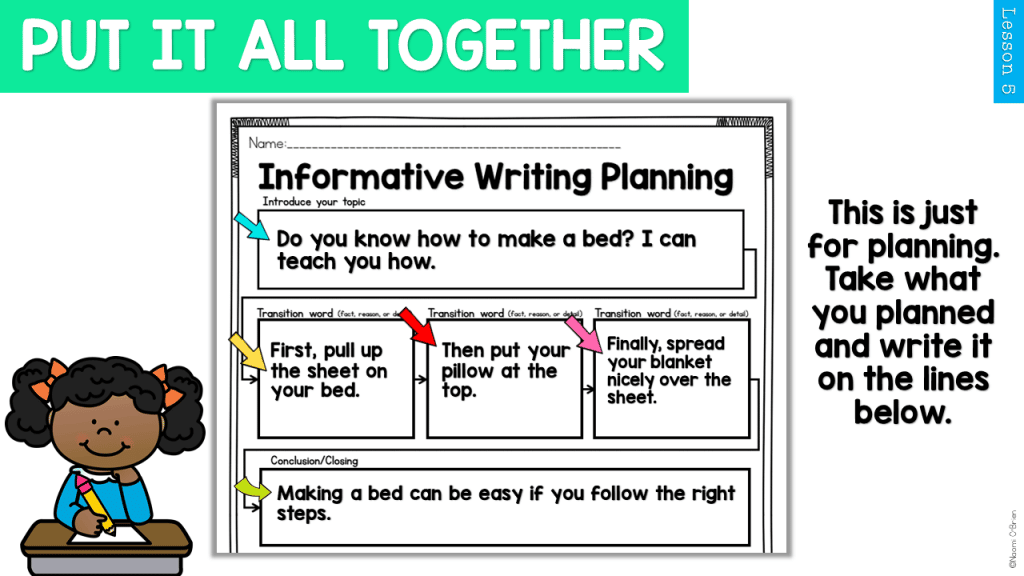
I decided to write about what I know about for this example to show you all, so naturally I used the show Gossip Girl.
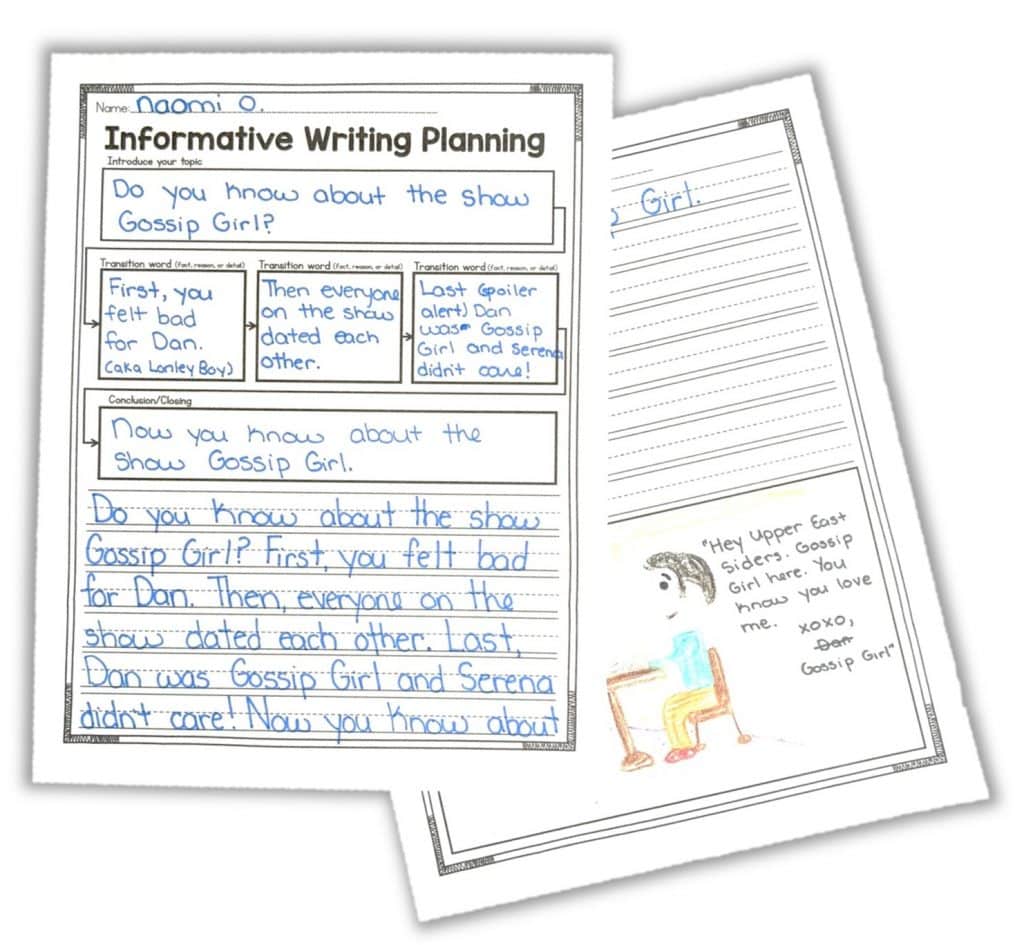
After you take the time to help students plan on the organizer, it’s very easy for the majority of them to carry on independently through the rest of the writing process Students will take the planning off the organize and use it to write their papers. After this they will edit their work, then revise it. I have my students evaluate their work. They give it one last read and reflect on what they wrote. They are also able to confer with their table partners and get/give feedback before they finally move on to publishing. For the students that need more support, I meet with them and help move them along. I try to address where they need the most support and adjust their writing goals as needed.

Speaking of writing, I have my students set writing goals each day. I encourage them to reflect on their writing as whole and to choose goals that make sense for them. After a mini lesson, before releasing students to write on their own, I would project the slide below and ask students to pick a goal. Students typically stick with the same goal all week and make it a big effort work on writing mechanics in addition to doing their best with the writing style we are working on that week.
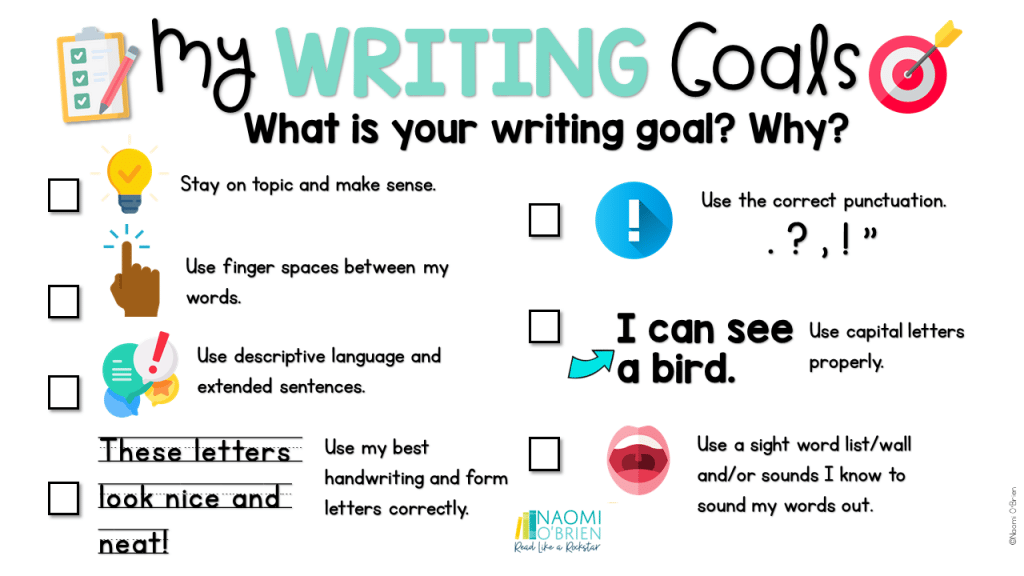
After my students publish their work, we share it with an audience. Sometimes that audience is a small group in class.
Sometimes the audience is the entire class. Other times I was able to email a teacher in the building and ask if my class could visit and read their work to the students in their class.
Once, after we wrote about being safe around strangers, we paired up with a preschool class and read them our work and gave each student a copy to take home.
Having an audience to write for helped my students really feel like writers!
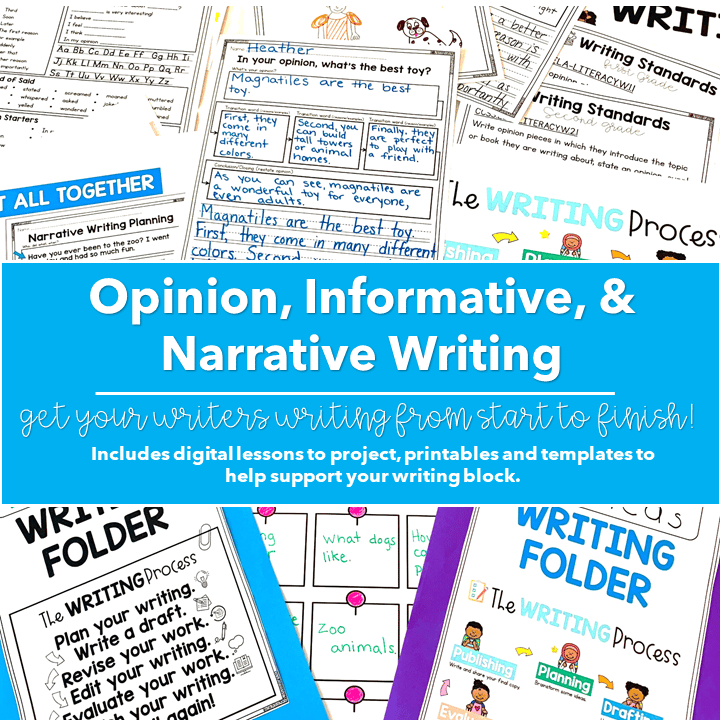
After a few weeks in a particular writing style, my students have had the opportunity to produce 4-5 pieces of writing in this style. Then we move on to the next type of writing. When we revisit the writing style again, I change student rubrics and expect a bit more the next time around.
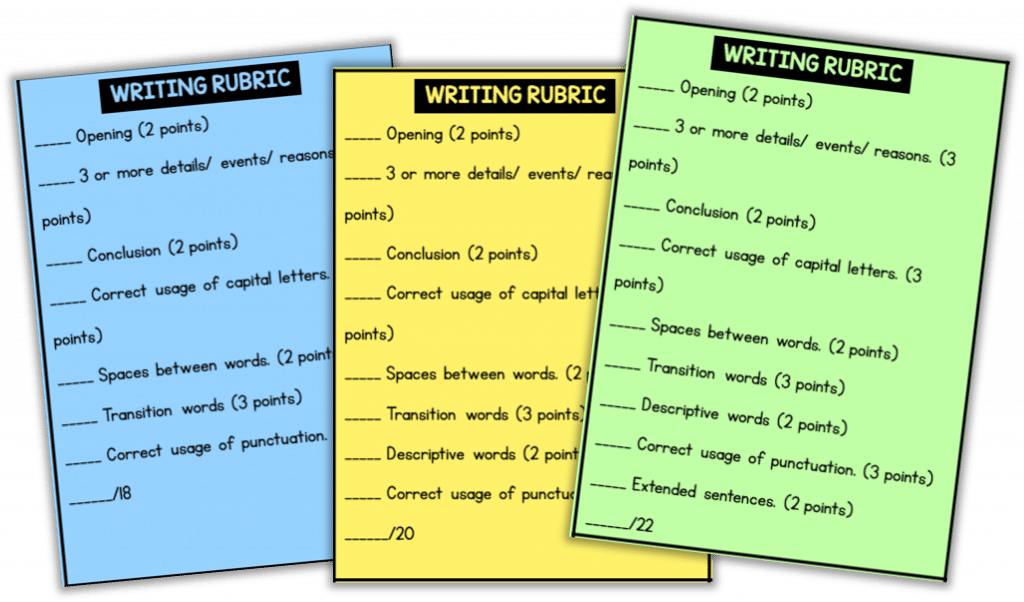
Writing rubrics are always a must so that I can give students specific feedback on their writing and pay attention to writing trends in the classroom. Writing rubrics also make it easy for students to see exactly what is expected of them.
I use various rubrics throughout the year. In the beginning of the year I look for the writing basics. Then I add in descriptive words after I teach my students how to utilize vocabulary and adjectives. I add on extended sentences after I teach my students how to use conjunctions to extend their sentences when writing and speaking. The points change on the rubric and my students have always been excited to see that more is expected.
I hope this was helpful to take look inside of my writing block.
Everything show here is available in this download below.
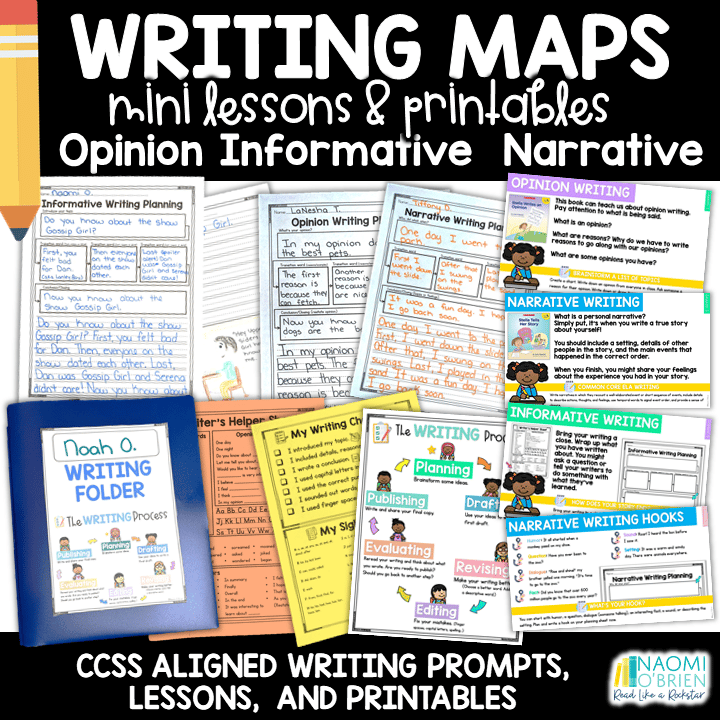
Have fun teaching!
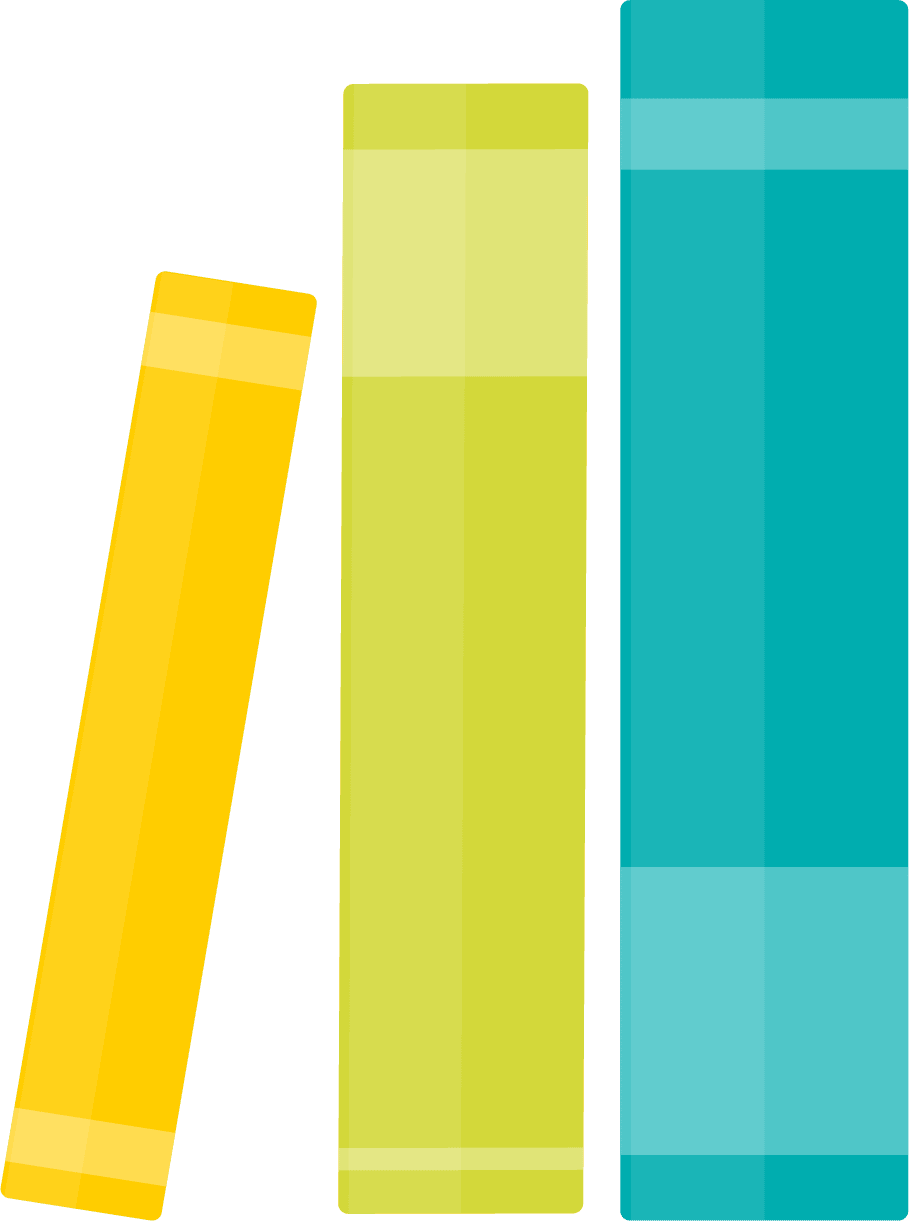

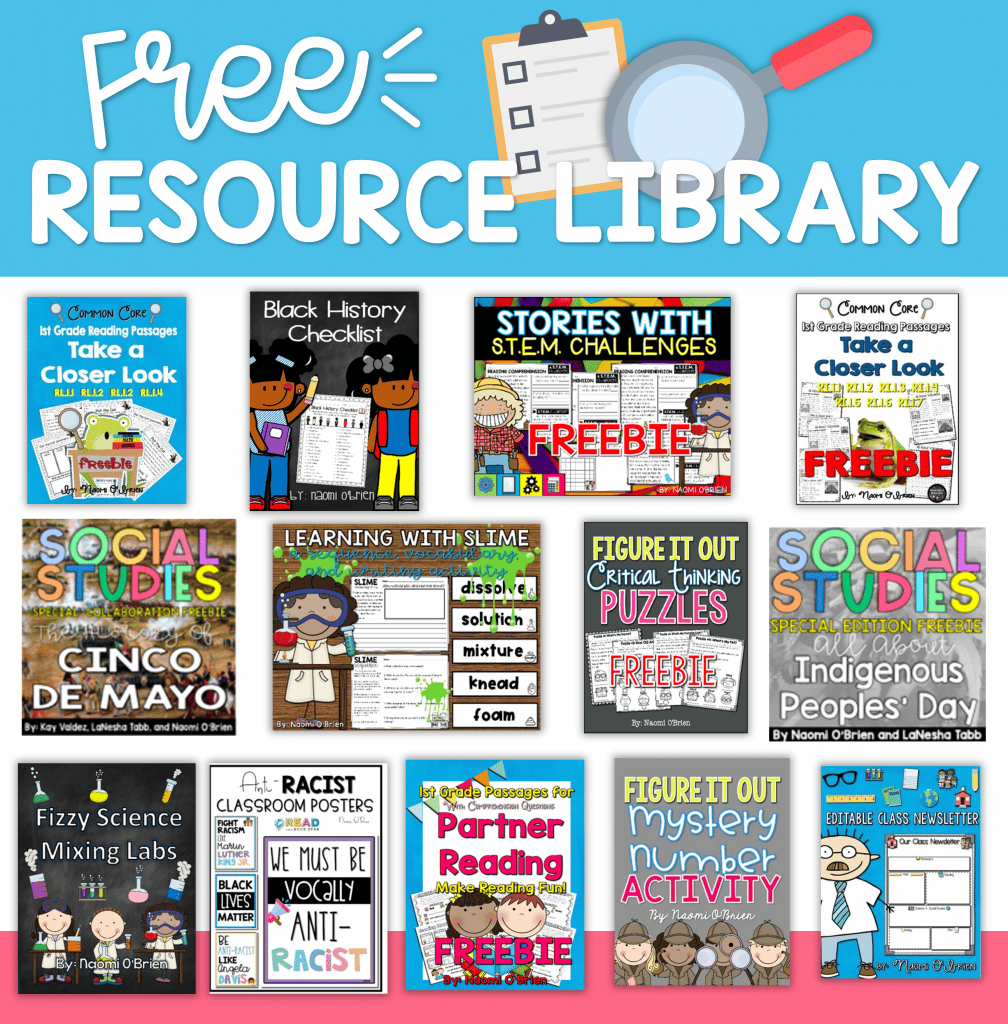
| Cookie | Duration | Description |
|---|---|---|
| cookielawinfo-checkbox-analytics | 11 months | This cookie is set by GDPR Cookie Consent plugin. The cookie is used to store the user consent for the cookies in the category "Analytics". |
| cookielawinfo-checkbox-functional | 11 months | The cookie is set by GDPR cookie consent to record the user consent for the cookies in the category "Functional". |
| cookielawinfo-checkbox-necessary | 11 months | This cookie is set by GDPR Cookie Consent plugin. The cookies is used to store the user consent for the cookies in the category "Necessary". |
| cookielawinfo-checkbox-others | 11 months | This cookie is set by GDPR Cookie Consent plugin. The cookie is used to store the user consent for the cookies in the category "Other. |
| cookielawinfo-checkbox-performance | 11 months | This cookie is set by GDPR Cookie Consent plugin. The cookie is used to store the user consent for the cookies in the category "Performance". |
| viewed_cookie_policy | 11 months | The cookie is set by the GDPR Cookie Consent plugin and is used to store whether or not user has consented to the use of cookies. It does not store any personal data. |
Thank you for your interest in booking a private professional development experience! Please fill out our Booking Inquiry form and a member of our team will contact you soon.
4 Responses
How do I access the writing maps download? I was not able to click below as indicated in the post…
Greetings Brooke, apologies for the link error. The link is accessible here
Hello! Would love this download! The link is not working.
Greetings Emily, apologies for the earlier link error. The link is active now here